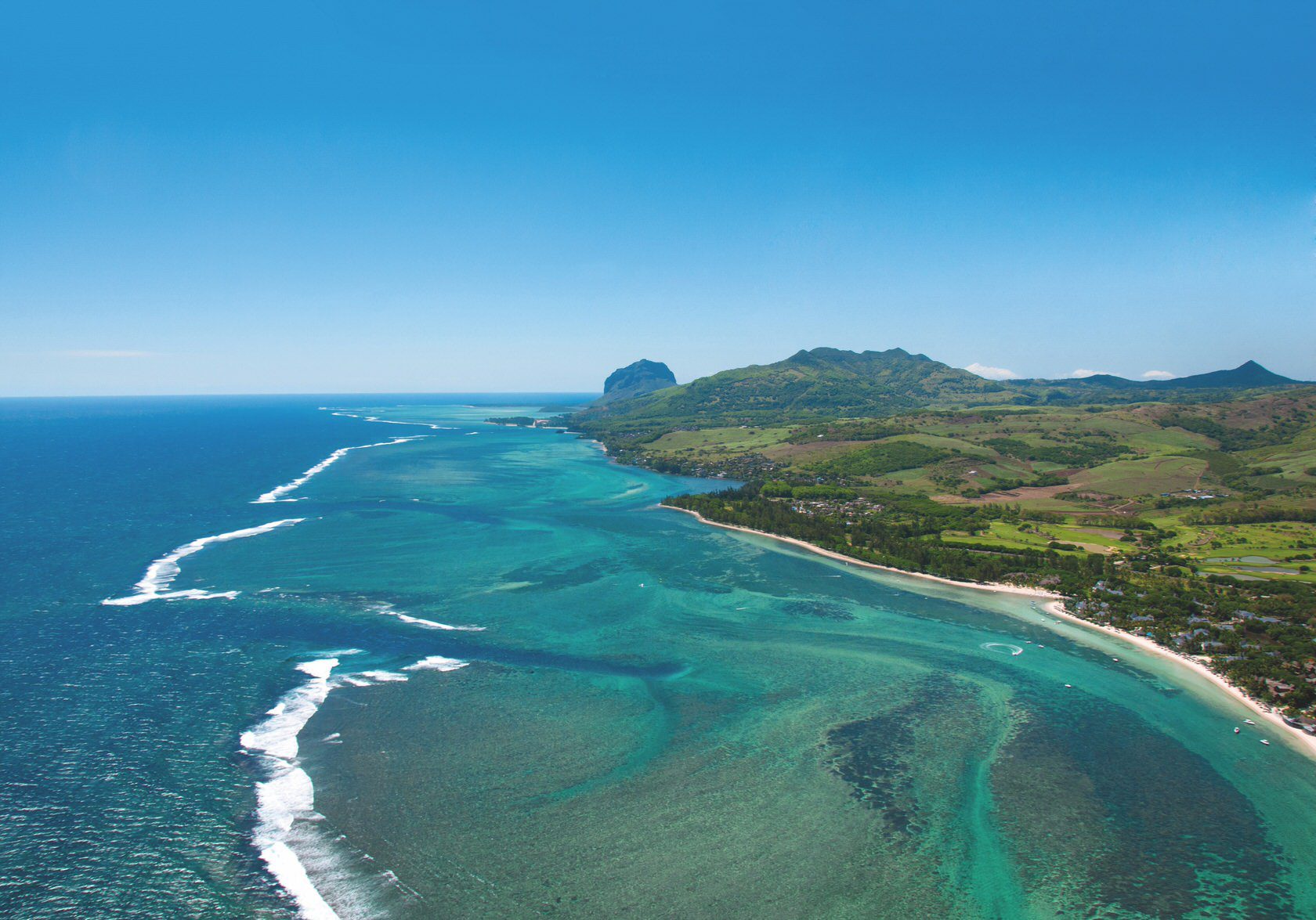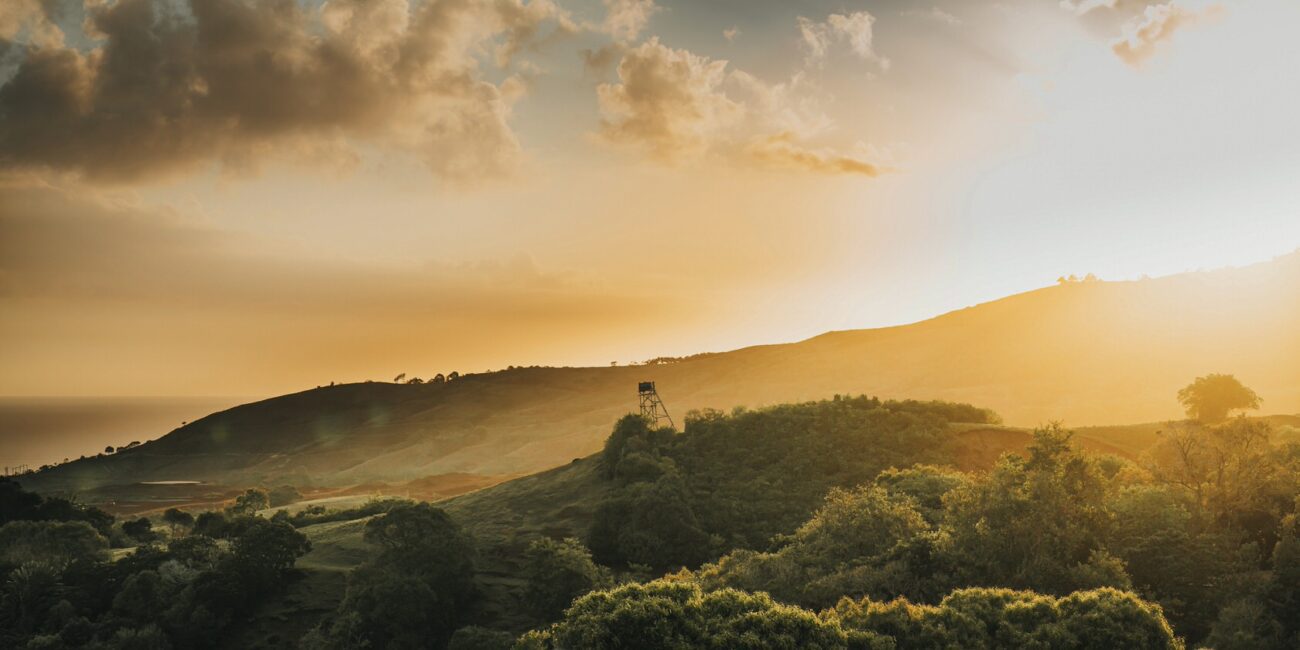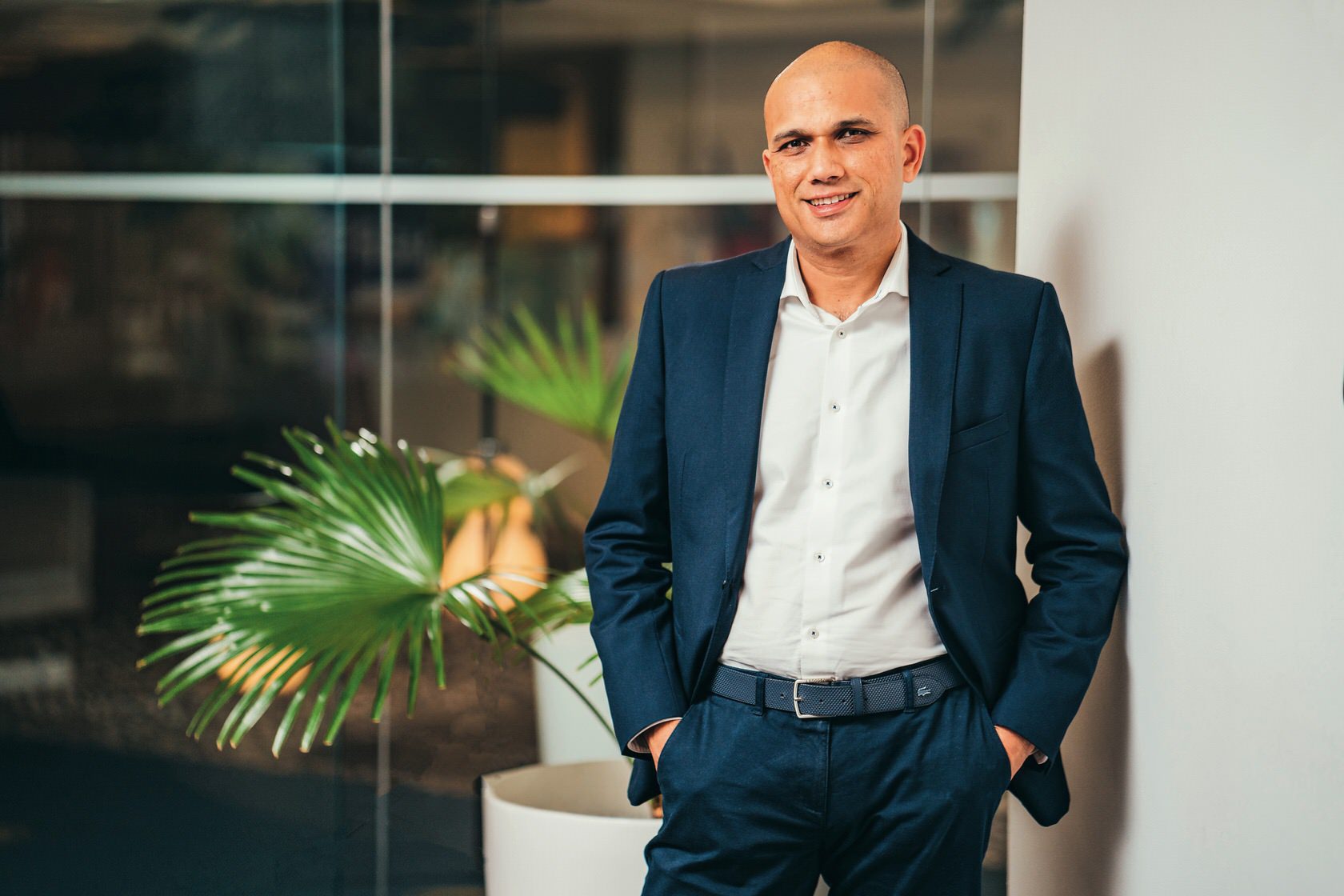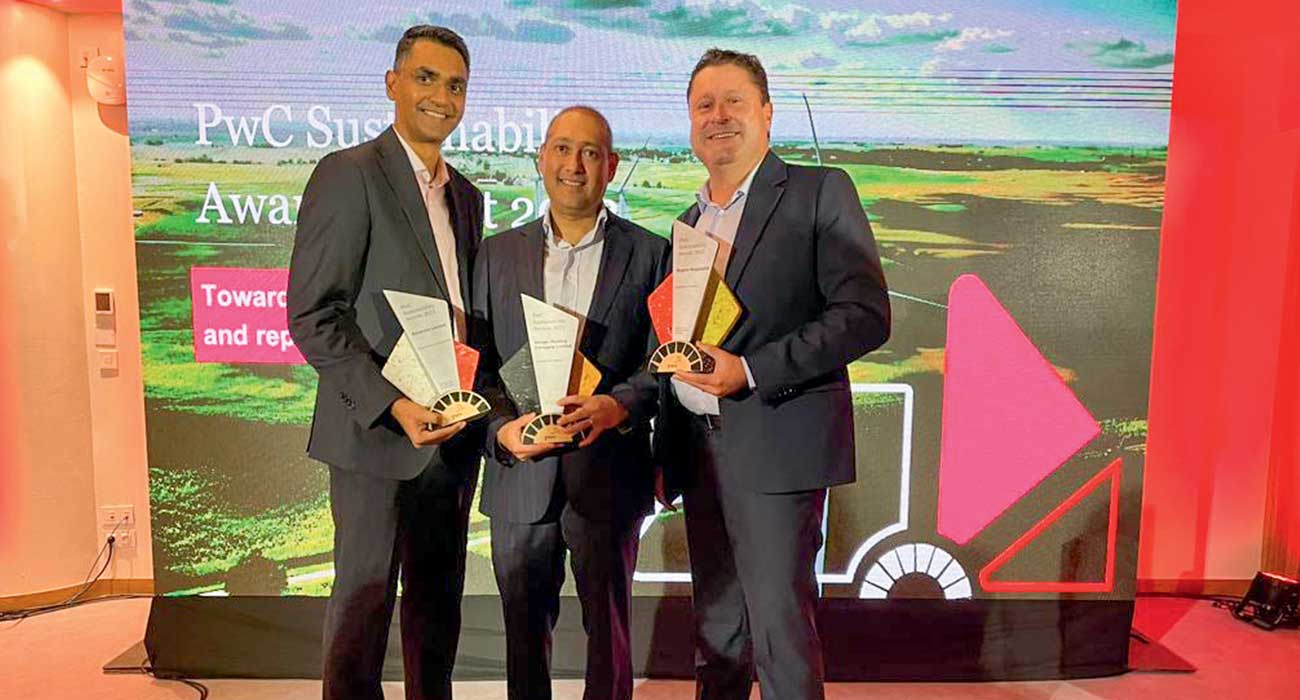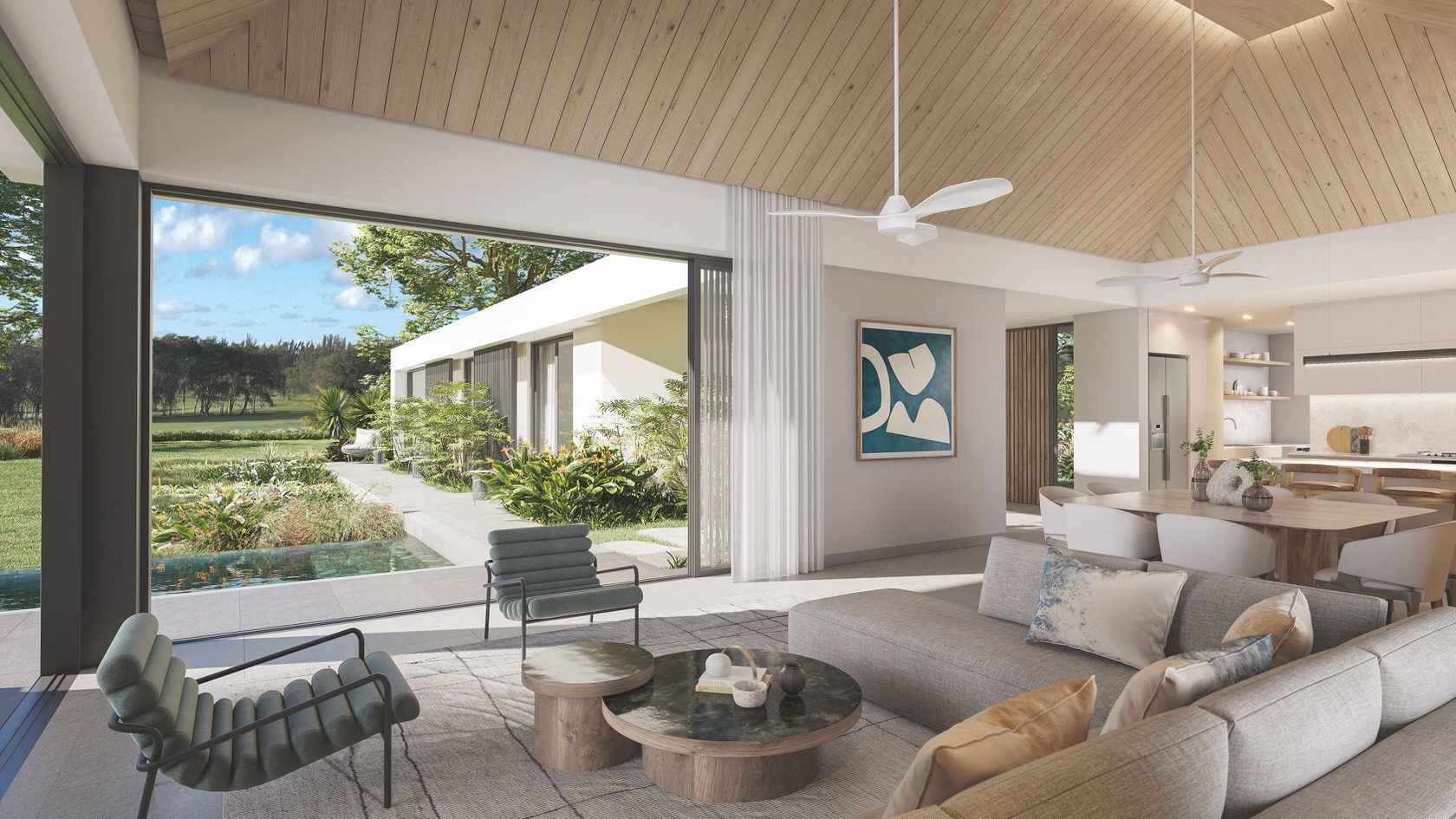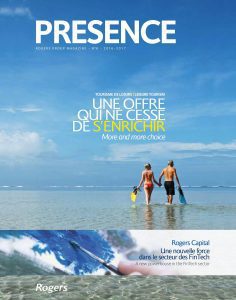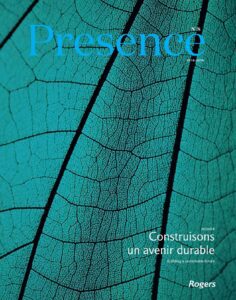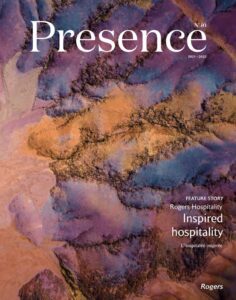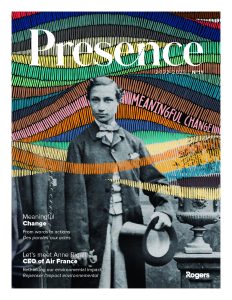Nestled in the south of Mauritius, Bel Ombre is turning to renewable energies, aiming to create a microgrid that integrates power from diverse renewable resources. A study is being carried out to test the feasibility of this innovative project. How does a microgrid work, and what are its advantages? Let us dive in.
Embracing the green energy wave
For decades, Rogers has envisioned Bel Ombre as the reference in Sustainable Tropical Art de Vivre, with numerous projects either already implemented or in the trial phase. In line with this commitment, the group is looking into implementing a microgrid.
A microgrid is a small distribution network that supplies energy to users of a region based on local production. Powered by low-carbon footprint sources, the project is of significant ecological value. It provides users with energy autonomy, operating independently of the national grid.
“Spanning 2,500 hectares, Bel Ombre creates a perfect setting to explore a diverse energy mix that includes traditional intermittent technologies such as solar and hydro, but also non-intermittent technologies such as biofuels,” explains Mickaël Apaya, Chief Sustainability and Inclusive Development Executive at Rogers. “Such a mix will keep our microgrid’s energy supply and demand in balance while providing a reliable alternative during peak periods.”
Short- and long-horizon
There are numerous advantages to this energy mix. Biomass, for example, can be derived from crops or natural materials, such as eucalyptus and bamboo. This polyculture also helps to enrich the region's biodiversity. The end of sugar cane production in Bel Ombre – announced in 2022 – has opened the way for new agroforestry crops.
“If we develop our agroforestry to produce biomass,” Mickaël points out, “we are creating a CO₂ sequestration solution based on nature. This will increase our appeal to eco-conscious tourists, and strengthen the carbonneutral holidays programme of our Heritage Resorts hotels located at Bel Ombre”. Additionally, the green energy sector contributes to the inclusive development of the region through training and job creation. In the long term, adopting renewable energies helps save on operating and maintenance costs. This type of investment also leads to technological advances and renewed innovation in research and development.
Finally, this transition will help reduce Mauritius’ dependence on imported fossil fuels and contribute to mitigating the impact of climate change.
A unifying project
Rogers is recruiting a team of young university researchers to conduct applied research. The first step is to identify Bel Ombre’s energy needs. The team will then test the availability and potential of each of the green energies identified: solar, hydro, biomass, and ocean thermal energy.
This ambitious study has the support of several stakeholders – the Rogers Group, the BCG Center for Climate & Sustainability, Ecoasis – and co-funding from the Mauritius Research and Innovation Council (MRIC). Ultimately, it could lay the foundations for a new energy model in Mauritius. “Although we are convinced of the project's potential, we won’t have the final results of the study before another 18 to 20 months,” says Mickaël. Stay tuned!
